- Quick and easy service
Car Rental Zadar
Search, compare & book!
- Free cancellation Up to 48 hours prior to the scheduled pick up time
- Best price guarantee Have you found a better price? Let us know and we will make you a better offer.
- Already 500,000+ bookings More than half a million people preceded you 24000+ pick-up locations Locations around the world
- 24000+ pick-up locations Locations around the world
Car Rental Zadar
Renting a car in Zadar is simple with us. We offer the best rates in the market. We offer rental cars worldwide, in over 125 countries and more than 17,000 locations. All inclusive car rental in Zadar at the best rates - quality service guaranteed!
Car rental offers in Zadar
Whether you're looking for a small rental car or a station wagon for the entire family, we will always have a suitable vehicle for the lowest price. Below are some examples from our selection in Zadar.
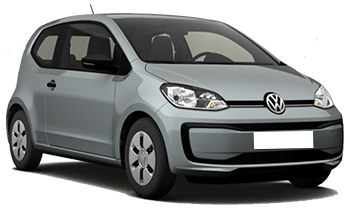
-
Avant Car From€ 7 /day -
Autounion Car Rental From€ 8 /day -
Enterprise From€ 11 /day
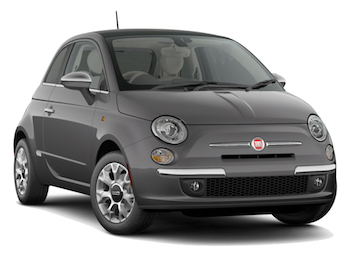
-
Carwiz rent a car From€ 8 /day -
addCarRental From€ 10 /day -
Enterprise From€ 11 /day

-
Avant Car From€ 11 /day -
Autounion Car Rental From€ 11 /day -
Enterprise From€ 16 /day
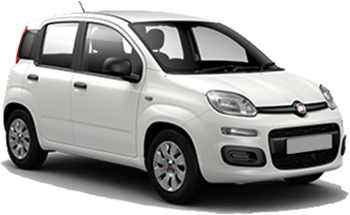
-
Carwiz rent a car From€ 8 /day -
Alamo From€ 8 /day -
Payless Car Rental From€ 10 /day
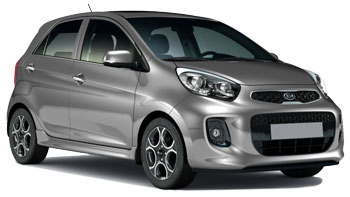
-
addCarRental From€ 9 /day -
Hertz From€ 18 /day -
Right Cars From€ 41 /day

-
Alamo From€ 11 /day -
Enterprise From€ 20 /day

-
Autounion Car Rental From€ 9 /day -
Avis From€ 11 /day -
Last Minute From€ 12 /day
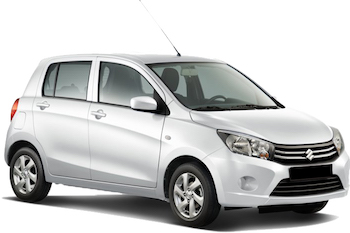
-
ABC Rent a car From€ 10 /day

-
Autounion Car Rental From€ 14 /day -
Avis From€ 17 /day -
Last Minute From€ 18 /day
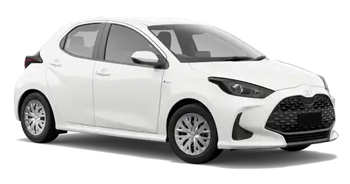
-
Carwiz rent a car From€ 8 /day -
Last Minute From€ 23 /day -
Thrifty From€ 54 /day
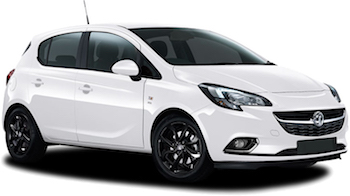
-
Avant Car From€ 8 /day -
Autounion Car Rental From€ 8 /day -
Enterprise From€ 12 /day

-
Avant Car From€ 11 /day -
Autounion Car Rental From€ 12 /day -
Avis From€ 17 /day
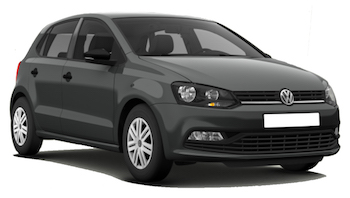
-
Avant Car From€ 8 /day -
Active Car Rental From€ 15 /day -
Air Rent a Car From€ 16 /day

-
Carwiz rent a car From€ 8 /day -
Alamo From€ 10 /day -
Payless Car Rental From€ 11 /day

-
Avant Car From€ 11 /day -
Air Rent a Car From€ 16 /day -
Active Car Rental From€ 19 /day

-
Avant Car From€ 8 /day -
Autounion Car Rental From€ 8 /day -
Carwiz rent a car From€ 10 /day
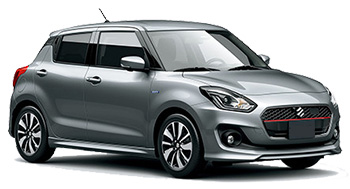
-
addCarRental From€ 9 /day -
ABC Rent a car From€ 10 /day
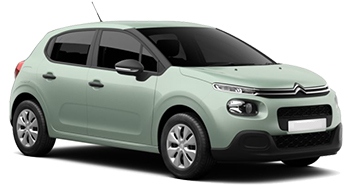
-
Alamo From€ 12 /day -
Enterprise From€ 17 /day -
Sicily by Car From€ 22 /day
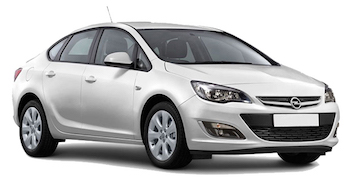
-
Autounion Car Rental From€ 9 /day -
Avant Car From€ 11 /day -
Carwiz rent a car From€ 11 /day
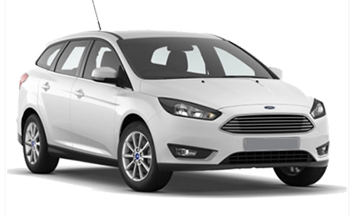
-
Autounion Car Rental From€ 10 /day -
Sixt From€ 23 /day -
Flizzr From€ 24 /day

-
Avant Car From€ 13 /day -
Autounion Car Rental From€ 14 /day -
Alamo From€ 16 /day

-
addCarRental From€ 10 /day -
Payless Car Rental From€ 15 /day -
Alamo From€ 22 /day

-
ABC Rent a car From€ 10 /day -
addCarRental From€ 16 /day
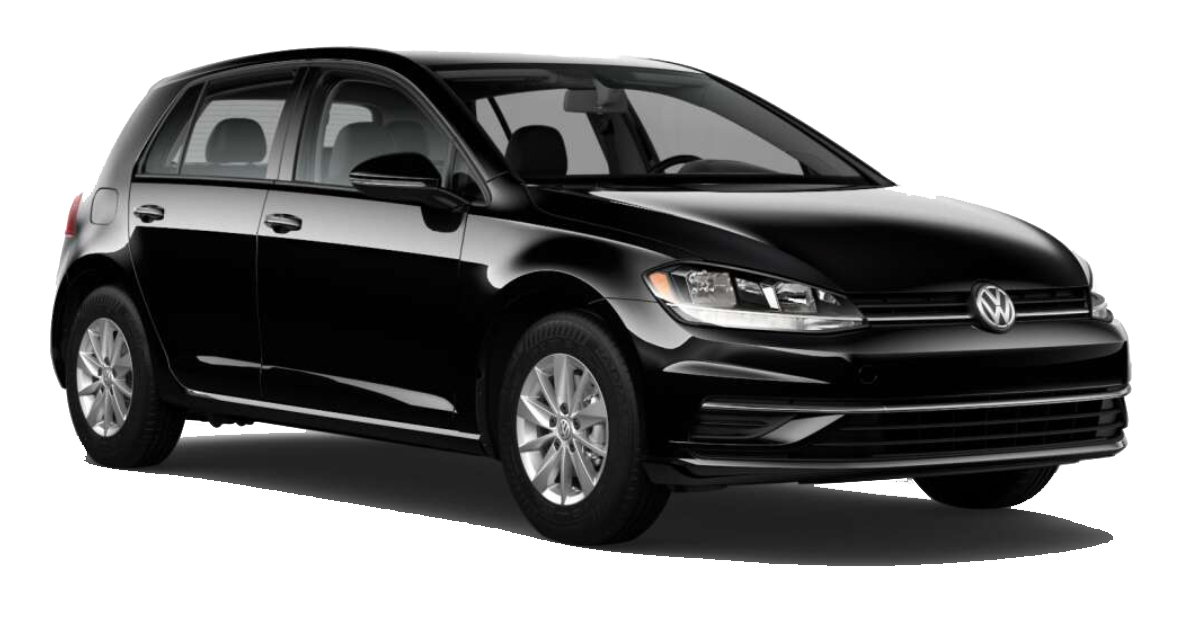
-
Avant Car From€ 13 /day -
Active Car Rental From€ 20 /day
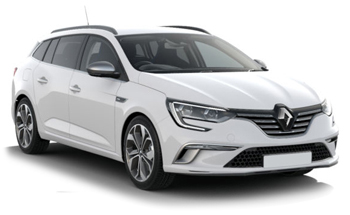
-
Carwiz rent a car From€ 11 /day -
Sicily by Car From€ 14 /day -
Alamo From€ 17 /day

-
Avant Car From€ 11 /day -
Alamo From€ 15 /day -
Enterprise From€ 16 /day
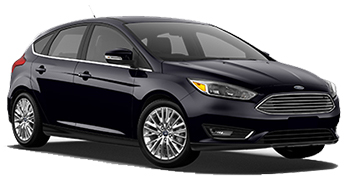
-
Autounion Car Rental From€ 14 /day -
Flizzr From€ 29 /day -
Sixt From€ 29 /day
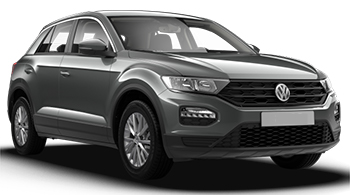
-
Avant Car From€ 11 /day -
Keddy By Europcar From€ 28 /day -
Europcar From€ 33 /day
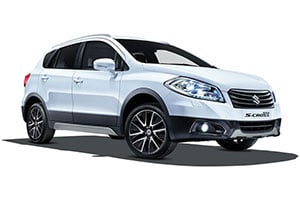
-
ABC Rent a car From€ 14 /day -
addCarRental From€ 15 /day

-
Avant Car From€ 14 /day -
Keddy By Europcar From€ 34 /day -
Europcar From€ 36 /day

-
ABC Rent a car From€ 14 /day -
Right Cars From€ 19 /day

-
Carwiz rent a car From€ 18 /day

-
Sicily by Car From€ 15 /day

-
Carwiz rent a car From€ 15 /day -
Payless Car Rental From€ 30 /day
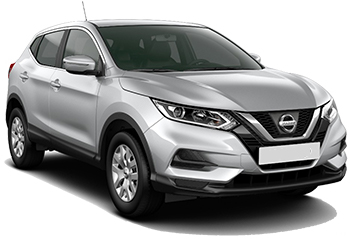
-
Alamo From€ 20 /day -
Enterprise From€ 22 /day

-
Alamo From€ 17 /day -
Enterprise From€ 17 /day

-
Avant Car From€ 25 /day -
Europcar From€ 34 /day -
Active Car Rental From€ 46 /day

-
Sicily by Car From€ 26 /day

-
Sicily by Car From€ 26 /day
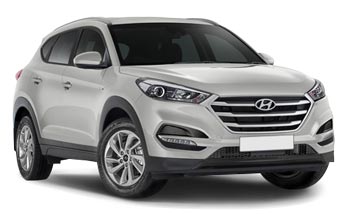
-
Avant Car From€ 26 /day

-
Avant Car From€ 28 /day

-
Alamo From€ 27 /day -
Enterprise From€ 33 /day
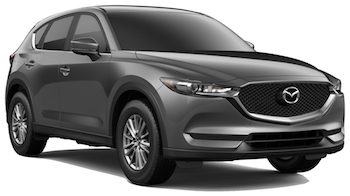
-
Alamo From€ 27 /day -
Enterprise From€ 31 /day
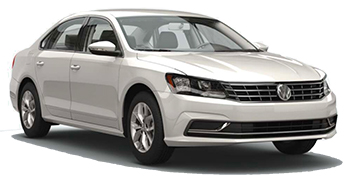
-
Avant Car From€ 28 /day -
Sicily by Car From€ 62 /day -
Active Car Rental From€ 87 /day

-
Avant Car From€ 27 /day -
Budget From€ 28 /day -
Sicily by Car From€ 78 /day

-
addCarRental From€ 16 /day

-
Sicily by Car From€ 26 /day

-
Sicily by Car From€ 31 /day
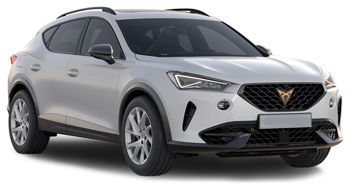
-
Sicily by Car From€ 37 /day

-
addCarRental From€ 37 /day
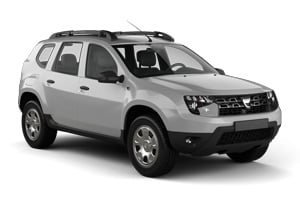
-
SurPrice car rentals From€ 38 /day

-
Sicily by Car From€ 42 /day
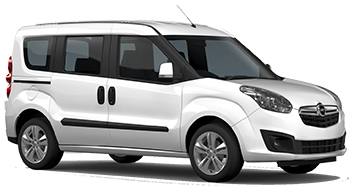
-
Avant Car From€ 38 /day
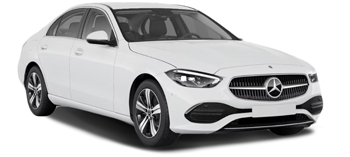
-
Avant Car From€ 39 /day -
Sixt From€ 40 /day

-
Avis From€ 29 /day

-
Avis From€ 34 /day

-
Sixt From€ 43 /day -
Keddy By Europcar From€ 47 /day -
Europcar From€ 55 /day
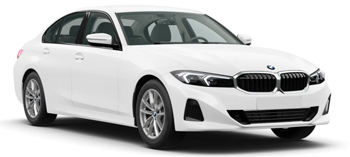
-
Carwiz rent a car From€ 44 /day

-
Carwiz rent a car From€ 49 /day

-
Sixt From€ 49 /day -
Keddy By Europcar From€ 51 /day -
Europcar From€ 54 /day

-
Avis From€ 56 /day

-
Avis From€ 58 /day
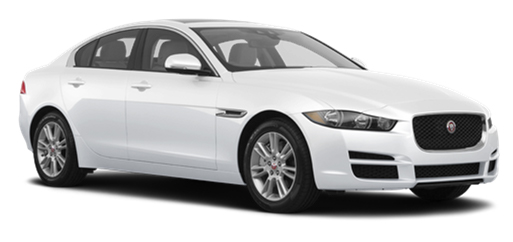
-
Alamo From€ 66 /day -
Enterprise From€ 75 /day
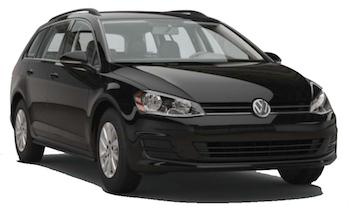
-
Avant Car From€ 12 /day

-
Avant Car From€ 13 /day -
Avis From€ 18 /day
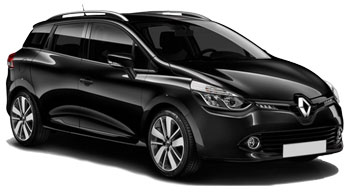
-
Avant Car From€ 15 /day

-
Avant Car From€ 14 /day
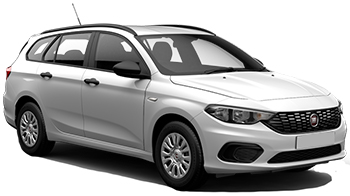
-
addCarRental From€ 14 /day -
Payless Car Rental From€ 15 /day

-
Avant Car From€ 16 /day

-
Carwiz rent a car From€ 14 /day -
Alamo From€ 17 /day -
Enterprise From€ 18 /day
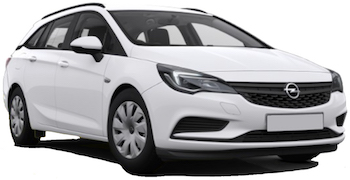
-
Alamo From€ 20 /day -
Enterprise From€ 25 /day -
Keddy By Europcar From€ 37 /day
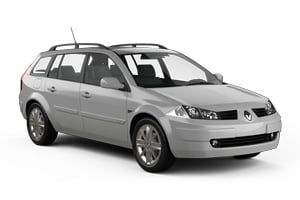
-
Carwiz rent a car From€ 16 /day

-
Keddy By Europcar From€ 42 /day -
addCarRental From€ 44 /day -
Flizzr From€ 47 /day
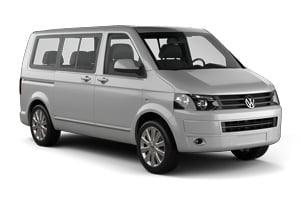
-
Avant Car From€ 44 /day

-
Keddy By Europcar From€ 48 /day -
Europcar From€ 52 /day -
Flizzr From€ 52 /day

-
Avant Car From€ 49 /day
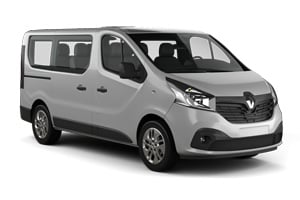
-
Keddy By Europcar From€ 50 /day -
Carwiz rent a car From€ 57 /day -
Alamo From€ 60 /day
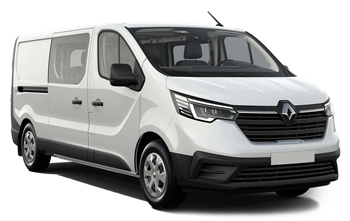
-
Carwiz rent a car From€ 51 /day -
Alamo From€ 54 /day -
Enterprise From€ 55 /day

-
Keddy By Europcar From€ 52 /day -
Carwiz rent a car From€ 64 /day -
Alamo From€ 67 /day
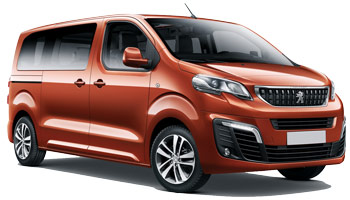
-
Keddy By Europcar From€ 56 /day

-
Alamo From€ 56 /day -
Enterprise From€ 60 /day -
Sicily by Car From€ 85 /day
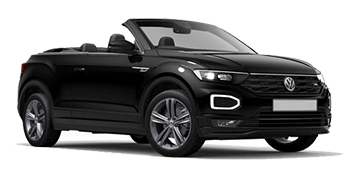
-
Active Car Rental From€ 172 /day

-
Active Car Rental From€ 177 /day

-
Active Car Rental From€ 267 /day
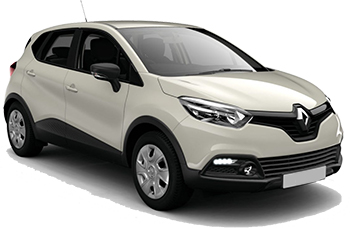
-
Carwiz rent a car From€ 11 /day -
Avant Car From€ 12 /day -
Sicily by Car From€ 15 /day

-
Avant Car From€ 11 /day -
Keddy By Europcar From€ 28 /day -
Europcar From€ 33 /day
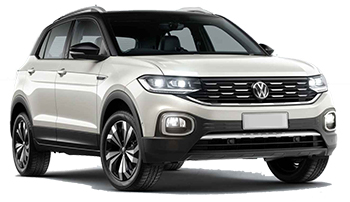
-
Avant Car From€ 14 /day -
Sicily by Car From€ 25 /day -
Keddy By Europcar From€ 29 /day

-
Avant Car From€ 11 /day -
Sicily by Car From€ 21 /day -
Keddy By Europcar From€ 22 /day

-
addCarRental From€ 12 /day

-
Avant Car From€ 14 /day -
Keddy By Europcar From€ 34 /day -
Europcar From€ 36 /day

-
addCarRental From€ 13 /day -
Alamo From€ 13 /day -
ABC Rent a car From€ 14 /day
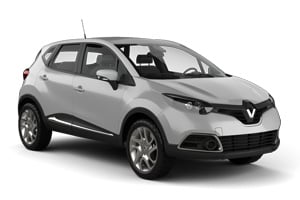
-
Avant Car From€ 16 /day -
Sicily by Car From€ 20 /day -
Last Minute From€ 22 /day

-
Payless Car Rental From€ 15 /day -
Avis From€ 16 /day -
Carwiz rent a car From€ 19 /day

-
Europcar From€ 37 /day

-
Thrifty From€ 63 /day
Car rental companies in Zadar
Below are the car rental companies in Zadar with the best ratings. Compare all ratings and prices of these rental companies in one search.
-
Unirent Car Rental
No rates available -
Carwiz rent a car
From€ 8 / day -
Air Rent a Car
From€ 16 / day -
Enterprise
From€ 11 / day -
Alamo
From€ 8 / day -
Goldcar
From€ 18 / day

When is the best time to book a rental car in Zadar?
Car rental companies in and around Zadar
Information about Zadar
The Croatian city of Zadar, which is located on the Adriatic Sea has often been the plaything of other powers. Apart from being Croatian, for a shorter or longer period of time, the country has been Byzantine, Hungarian, Venetian, French, Austrian, Italian and Yugoslav. In 1991 it became Croatian again, but many years of war followed whereby the Serbs besieged the city and closed it off from the rest of Croatia. Therefore part of Zadar was often destroyed and rebuilt, whereby each new ruler left his mark on the city which has resulted in the old center being a unique mix of styles.
The attractive historic center houses no less than 34 churches, the oldest one being the Church of Saint Simeon (Crkva sv. Šimuna). Originally it dates back to the fifth century, but it was continuously changed, rebuilt and expanded. Its white and terracotta appearance is not particularly impressive, but the church houses one of the city's most precious treasures: The silver chest that holds the ashes of Saint Simeon. The pre-Romanesque Church of St Donatus from the ninth century is the city's symbol. This church in the typical round shape of those days is no longer in use as a house of God. Its phenomenal acoustics, however, are still done justice during classical concerts that are given here and during the annual International Festival of Medieval Renaissance Music.
Zadar has a unique attraction: The Sea organ (Morske orgulje). The sound that is produced by the 35 tubes is defined by the sea waves and accompanied by a light show at night.
In the city center lie the remains of the Roman Forum, founded by Emperor Augustus. Most noticeable of the Forum is the Pillar of shame, where criminals used to be chained. The Forum is not just a museum piece that you can only look at; it is an integral part of the city and people sit quietly on the centuries-old stones surrounded by ruins.
Nearby the Forum you'll find the Archeological Museum. For a chronological overview it is best to start your visit on the third floor where the oldest finds are exhibited. The second floor is dedicated to the Roman times, including a replica of the Forum as it looked in those days. There is also a fine collection of glassware from the first to the third century. And finally, on the ground floor the early Middle Ages are addressed.
On the Pijaca, the central market square, fresh produce is marketed every day: Fruit, vegetables, herbs and spices. Old ladies sell homemade olive oil and cheese. Buy something from them and you'll notice that it tastes much better than the factory-made products you buy in the supermarket. In the covered halls around the square you'll find for example the meat and the fish markets and a hall where clothing and trinkets are sold. The square used to be a lot smaller than it is today. The allied bombardments during World War II have not only uncovered the Forum, but also created space for the market ...
The city walls met with the same fate as the entire city: Often demolished, sometimes forever and sometimes rebuilt. The Land Gate dates back to the Venetian times. At the time, it was the city's main entrance. It is a fine example of Venetian architecture with a main gate for vehicular traffic and on both sides smaller gates for pedestrians. Between the ferry port and the market lies the Port Gate, built in 1573 to celebrate the victory of the Christian fleet over the Ottomans.
In and around Zadar
A rental car is ideal for trips in the area. You can for example go to the magnificent Plitvice Lakes National Park. This densely forested area with no less than 16 interconnected lakes and spectacular waterfalls is listed as a UNESCO World Heritage Site. It is one of Europe's most astonishing nature parks and the habitat of many (sometimes threatened) species. These include for example wolves, brown bears, lynxes, wild cats and eagles. The Krka National Park is also worth a visit. Here you can enjoy swimming near the waterfalls.
From Zadar's harbor you can make boat trips to the islands of the Kornati archipelago, which consists of 140 islands, islets and rocks. The largest part of the archipelago is a national park.
Parking
The largest part of the old center – within the city walls – is pedestrianized. The road around the city wall is a one-way street. There are several parking garages and opposite the harbor, near the footbridge, lies a large parking lot.
Airport
The airport is located in Zemunik Donji, nine kilometers southeast of Zadar. You can easily reach the airport by rental car. From the city you take the Jadranska cesta, and then either the freeway or road number 502 to get to the airport. The route is clearly signposted.